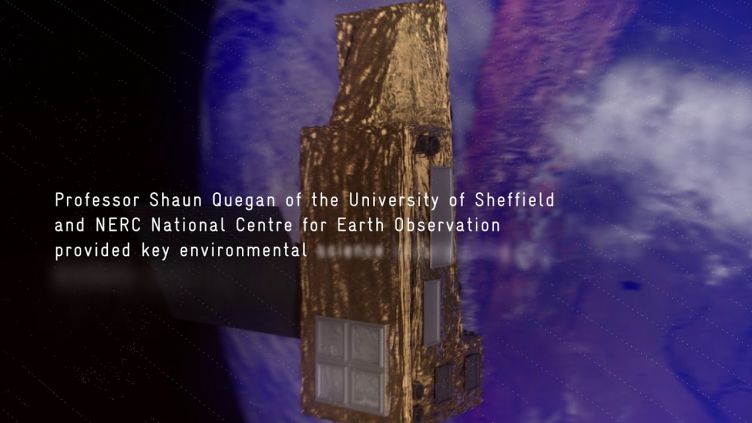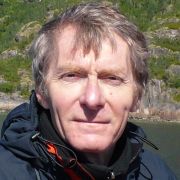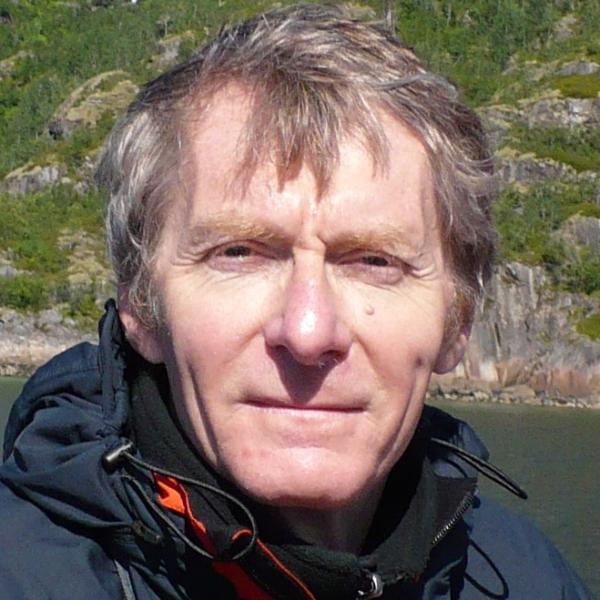How to weigh a forest from space
Set to launch in 2025, the European Space Agency BIOMASS mission will attempt to measure the biomass in the Earth's forests (and its changes) from an altitude of 600km. Its lead scientist is Professor Shaun Quegan of the School of Mathematics and Statistics.

Forests act as major controls on climate through their effects on CO2, the main atmospheric greenhouse gas. When they are destroyed by deforestation or fire, CO2 is emitted to the atmosphere, while growing forests slow the upward trend in atmospheric CO2 by capturing carbon through photosynthesis and storing it within plant biomass.
The size of these two opposing effects is poorly known. BIOMASS aims to close this major gap in our knowledge and, in doing so, fundamentally improve our understanding of the Earth's carbon balance and climate change.
Although tropical forests are especially critical for climate, data on their biomass are very limited because they are huge, diverse, remote and difficult to access. They also have much higher biomass per unit area than most of the better-documented forests of Europe, North America and Eurasia. Shaun tells us that, without the BIOMASS mission, we wouldn’t have an accurate assessment of how much wood is in these forests and hence how their changes affect the climate.
BIOMASS is specifically designed to measure these high biomass tropical forests by flying, for the first time in space, a radar operating with a 70 cm wavelength. This wavelength is a careful balance between high sensitivity to biomass and technical feasibility in the presence of the ionosphere. This layer of charged particles in the Earth’s atmosphere threatens to distort and potentially destroy the data collected, and one of Prof. Quegan’s major contributions to the mission was to show how to overcome these problems.
Apart from its wavelength, the mission is unique in many other ways, as it will not only measure the height and biomass of forests, but will also generate 3D maps of forests using a technique called radar tomography.
The BIOMASS mission is set to fundamentally change our understanding of the Earth’s carbon balance and, as a result, climate change.
Professor Shaun Quegan
Professor at the School of Mathematics and Statistics at the University of Sheffield
Prof. Quegan won the 2018 NERC Economic Impact Award (these are awarded every three years) for his leadership of the BIOMASS mission, which led to Airbus UK being awarded a contract for €229M, as well as his technical contributions.
We are entering a golden era for measuring forest properties from space, as ESA will benefit from measurements made by the NASA Global Ecosystems Dynamics Investigation (GEDI), a lidar instrument on the International Space Station, and the NASA/Indian Space Research Organisation NISAR mission, a radar operating with a 24 cm wavelength.
The combined capability of these missions will give unprecedented knowledge about forest structure and how it is changing, and hence the role of forests in climate change.



